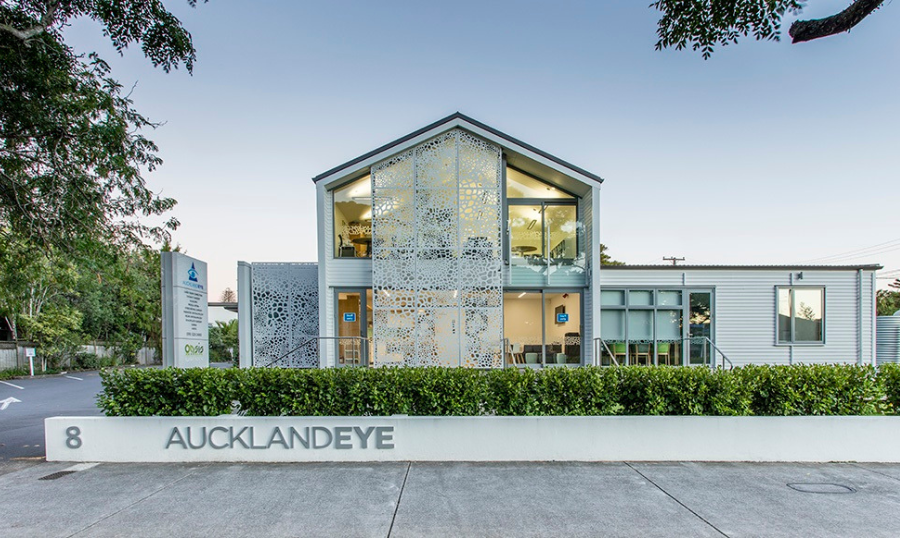What Is the Right Age for Laser Eye Surgery?
Understanding how age affects eligibility and the best option for you.

A stye, also referred to a stye is a localised infection that forms on the outside edge of the eyelid. The infection can often look like a pimple and can present itself often as a tender, red bump. A stye is usually caused by staphylococcal bacteria from your skin that gets into and irritates the glands the base of the eyelash. Although most styes are harmless, not contagious and don’t cause any vision problems, they can be irritating, causing redness, pain, swelling and tenderness.

Styes are caused by bacteria from your skin (usually staphylococcal bacteria) that gets into and irritates the glands in the eyelids. This type of bacterium is found in the nose and is transferred easily to the eye when you rub your nose, then your eye. Also, although staphylococcal bacteria also normally exist harmlessly on the skin of the eye, it can sometimes get trapped along with dead skin cells on the edge of the eyelid.
When the eyelid glands become blocked and infected they fill up, and more bacteria can grow. It’s a similar process to when pimples form on your skin. The result is a swollen, red, and painful bump that can develop over the course of a few days.
While most styes usually clear up within a week, the following steps might speed up the healing time:

If your stye worsens, affects your vision or doesn’t go away within a week or so, contact your GP, optometrist or eye specialist for an in-office evaluation and treatment. Your doctor might prescribe a stye ointment or other stye treatment to help the condition resolve more quickly. In some cases, stubborn styes may require surgical treatment by your doctor, followed by application of prescription medicine.
Proper eyelid hygiene can significantly reduce the risk of styes. Therefore, to prevent future styes remember to always wash your hands with soap and water before touching your eyes, never share eye makeup or brushes, throw out expired cosmetics and always remove eye makeup before going to bed.
If you sometimes have problems with blepharitis, taking steps to quickly treat this eyelid problem also will help prevent the occurrence of styes.

Understanding how age affects eligibility and the best option for you.

Auckland Eye offers expert eye care across eight convenient locations, making specialist treatment accessible wherever you are in New Zealand.

What to expect and how to heal smoothly